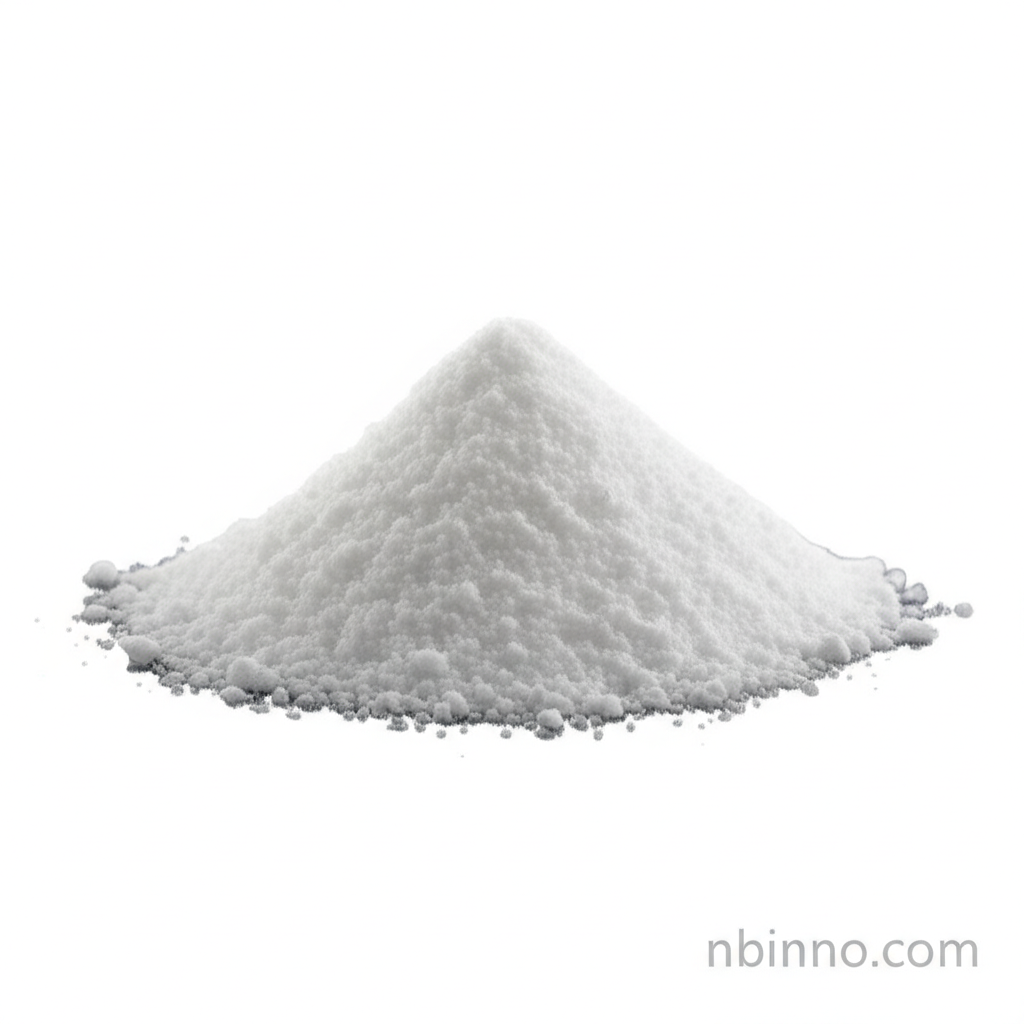2-Chloro-1-(4-methoxyphenyl)ethanone: Synthesis, Applications, and Biological Significance
Exploring the multifaceted role of a key chemical intermediate in modern research and industry.
Get a Quote & SampleProduct Core Value

2-Chloro-1-(4-methoxyphenyl)ethanone
This compound is a crucial intermediate in organic synthesis, particularly for the creation of pharmaceuticals and agrochemicals. Its specific chemical structure makes it highly versatile for various synthetic pathways, including heterocyclic chemistry.
- The synthesis of 2-chloro-1-(4-methoxyphenyl)ethanone can be achieved through several established methodologies, including the chlorination of 1-(4-methoxyphenyl)ethanone.
- It serves as a versatile building block in the field of organic synthesis, enabling the creation of more complex molecular structures.
- The compound has demonstrated potential biological activities, such as antimicrobial properties and anticancer effects in derivative studies.
- Understanding the applications of 2-chloro-1-(4-methoxyphenyl)ethanone is key for researchers in medicinal chemistry and materials science.
Key Advantages
Synthetic Versatility
The structure of 2-chloro-1-(4-methoxyphenyl)ethanone allows for facile nucleophilic substitution and other reactions, making it a highly versatile intermediate for synthesizing a wide array of organic molecules.
Pharmaceutical & Agrochemical Precursor
It is instrumental in the development of new therapeutic agents and crop protection chemicals, contributing significantly to advancements in healthcare and agriculture.
Biological Activity Potential
Research into derivatives synthesized from this compound has revealed promising biological activities, including potential as anticancer agents and effective antimicrobial compounds.
Key Applications
Organic Synthesis
Acts as a pivotal intermediate in complex organic transformations, enabling the construction of diverse chemical architectures for various industries.
Pharmaceutical Development
Used in the synthesis of drug candidates, particularly those targeting inflammatory pathways or exhibiting cytotoxic effects against cancer cells.
Agrochemical Synthesis
Serves as a building block for pesticides and herbicides, contributing to the development of effective agricultural solutions.
Heterocyclic Chemistry
Essential for the formation of various heterocyclic compounds, which are core structures in many biologically active molecules.
